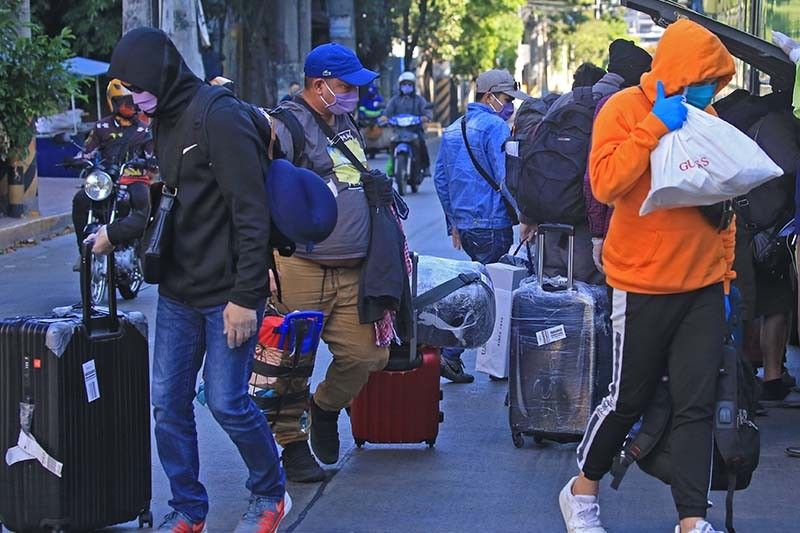World Bank sees slower fall for remittances this year

MANILA, Philippines — Remittances from overseas Filipinos would shrink slower than originally expected this year, the World Bank said in a report on Friday.
Inflows from Filipinos abroad would decline 5% year-on-year in 2020, the multilateral agency said in a global migration report with KNOMAD, a think tank. The latest forecast is better than the 13% slump seen last April and reported by Bloomberg.
Authors of the report did not immediately reply to request for comment. The central bank, meanwhile, had a more optimistic outlook of 2% decline on remittances in 2020.
From January to August, cash remittances coursed through banks decreased 2.6% year-on-year.
The Philippines is still seen as among the top recipients of overseas remittances globally this year, along with Egypt, Mexico, India and China. In East Asia and the Pacific, the country is only next to China projected to attract the largest amount of remittance inflows this year at $33 billion.
That said, the report noted that cash overseas are coming intense strain from migrant workers losing jobs from the health crisis and resulting economic crash. “Under increasing pressure to stem the tide of falling remittances and rising unemployment rates, several sending countries in the region are anxious to resume overseas placement of their workers,” World Bank said.
Worse, some of them have permanently gone home, which in turn may have lasting impact on remittances. Citing government data, the multilateral agency said over 230,000 Filipinos abroad had been repatriated as of early October, equivalent to a one-tenth of Filipinos overseas.
“This likely reflects the absence of formal safety nets available to migrant workers in many host countries in the face of the pandemic and the large repatriation of Filipino workers,” World Bank said.
Overall, remittances to low and middle-income countries — where inflows power up consumption — are projected to fall by 7% annually in 2020, before collapsing at a sharper rate of 7.5% in 2021. If realized, both performances would be the steepest fall in recent history.
At the other end, remittance flows from the United States have remained somewhat resilient, the lender said, growing 5.8% year-on-year in the first 8 months. In contrast, 8-month inflows posted sharp annual declines in major sources like the Middle East by 13.2% and Europe 16.1%, data showed.
“Migrants are suffering greater health risks and unemployment during this crisis,” Dilip Ratha, lead author and head of KNOMAD, said in a statement.
“The underlying fundamentals driving remittances are weak and this is not the time to take our eyes off the downside risks to the remittance lifelines,” she said.
- Latest
- Trending
































